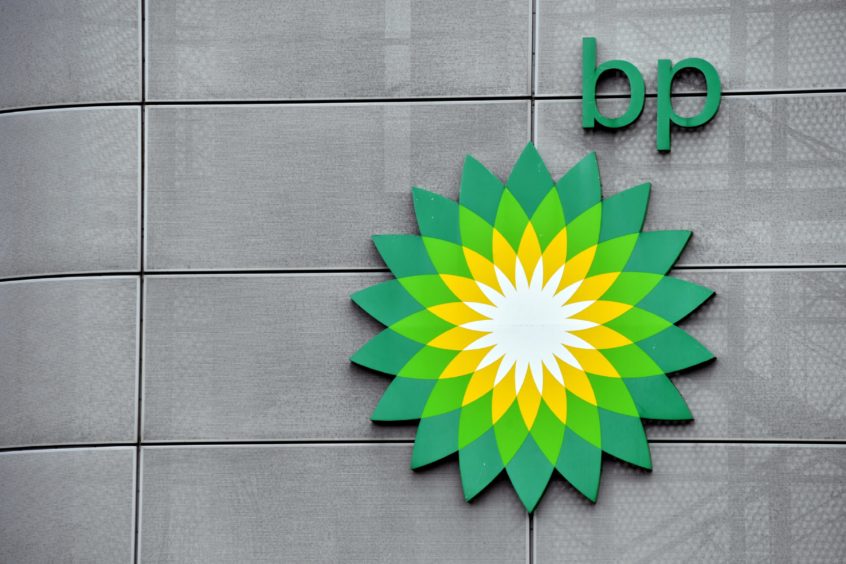
BP said the world’s most important oil benchmark was experiencing ‘regular dislocations,’ in the harshest criticism ever by an oil major about how the price of Brent crude is calculated.
The British oil major — itself one of the world’s largest energy traders — warned of trouble for both Dated Brent, the gauge for physical transactions, and Brent futures, a multi-billion financial market used to hedge physical transactions but also to speculate.
“We are seeing increasingly regular ‘dislocations’ in the value of both benchmarks,” BP said in response to an industry consultation about the future of the benchmark. The dislocations, BP added, are “as a result of insufficient liquidity in underlying grades, and expiry changes which have resulted in increased futures volumes being taken to expiry by market participants.”
The consultation is being held jointly by S&P Global Platts, which publishes Dated Brent, and also by Intercontinental Exchange Inc., which hosts by far the world’s largest Brent futures contract in its ICE Futures Europe exchange. They are facing a tricky challenge of sliding supply of benchmark barrels and fixes that are, in some way or another, far from perfect.
BP’s submission said that without an infusion of supply of similar-quality crude, ICE Brent and Dated Brent could suffer “even more frequent dislocations.” The company declined to comment further.
Platts said it has received extensive submissions from the market on Dated Brent and wouldn’t comment further until it concludes a review of them. ICE declined to comment.
BP’s rebuke was part of wider comments from the company supporting bringing in West Texas Intermediate crude from Midland, Texas, to help set the Dated Brent price. Vitol Group and Trafigura Group, two of the top independent traders, also voiced support for such an approach in the past.
ICE and Platts are seeking industry feedback after Platts had tried to push through a plan earlier this year to add West Texas Intermediate crude to Dated Brent, but also fundamentally overhaul its terms of trading.
That idea was met with uproar, though, and saw Platts apologize to traders for a hasty approach, and resume talks with the market — this time in conjunction with ICE — on the best way forward.
The main competing idea is to bring in supplies from the giant Norwegian field called Johan Sverdrup. That solution has drawn criticism too because the grade is denser and more sulfurous than those Brent, Forties, Oseberg, Ekofisk and Troll – the varieties underpinning Dated Brent today. Platts has introduced pricing mechanisms over the years to help smooth out quality differences between the grades. Johan Sverdrup isn’t a “suitable addition,” BP said.
Benchmark dominance
Crude streams have been added to the benchmark over the past two decades as flows of Brent itself decreased. That has widened the pool of companies which produce crudes in the Dated Brent gauge, while diluting the influence of others.
BP sold many of its Brent-producing fields to Abu Dhabi National Energy Co. in 2012, while it also offloaded fields that feed into the Forties blend in 2017. The addition of Johan Sverdrup, on the other hand, would increase Equinor’s ownership of benchmark-setting grades.
Adding WTI isn’t without its problems either. Aside from there being about 5,000 miles between the US Gulf Coast and main North Sea loading terminals, there are also issues around the quality of US oil, which is often a blend of a variety of streams.
Flows from the US to Europe also depend the right price gap existing between Brent and WTI making such trades economic. That means that during periods of strong Asian or US demand, the volumes of the grade sailing to Europe would likely be diminished.
Forties Out
BP also suggested that Forties and Brent will need to be removed from the benchmark in the medium term as their values become “increasingly difficult to assess due to their reducing volumes.”
The North Sea market has sometimes been the subject of price dislocations. In the past, aggressive buying sprees have left market prices surging while giant tankers holding the oil that underpinned those values sat anchored along the Scottish coast, suggesting lackluster demand for the cargoes.
BP isn’t the first to criticize energy price benchmarks. Back in 2012, Total told international regulators that market prices of several key indices were out of line with the company’s experiences several times a year.